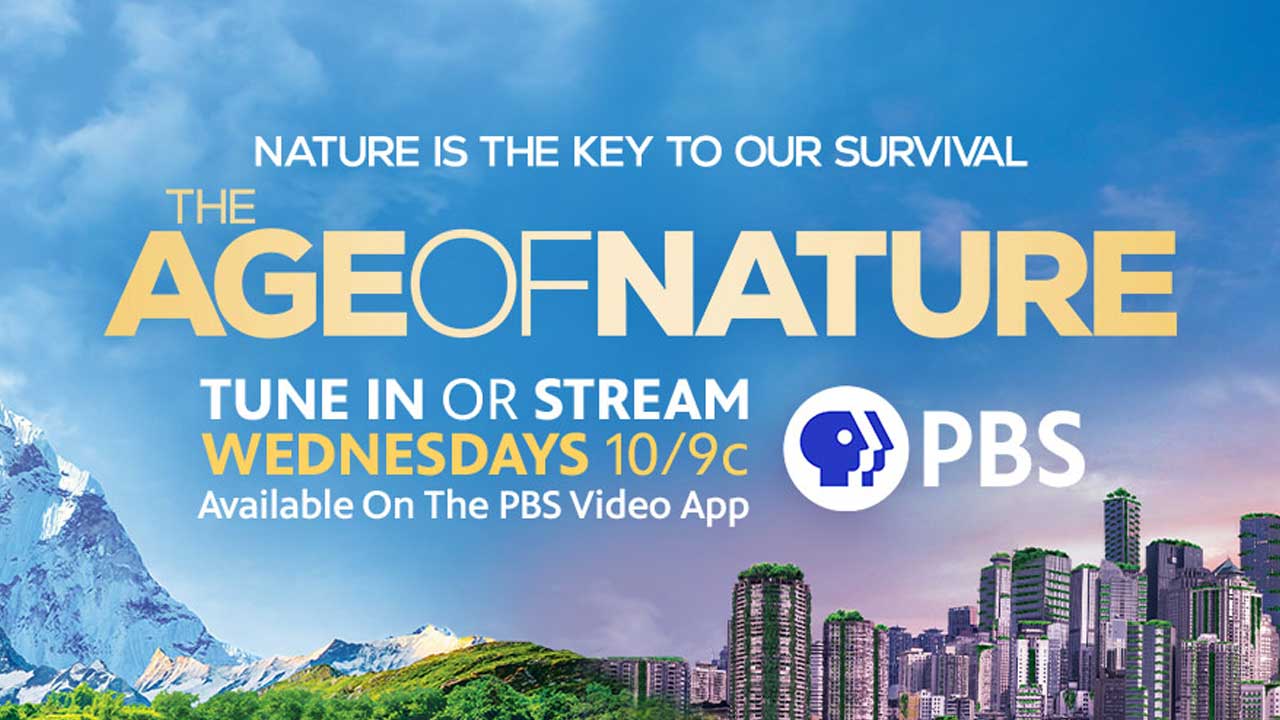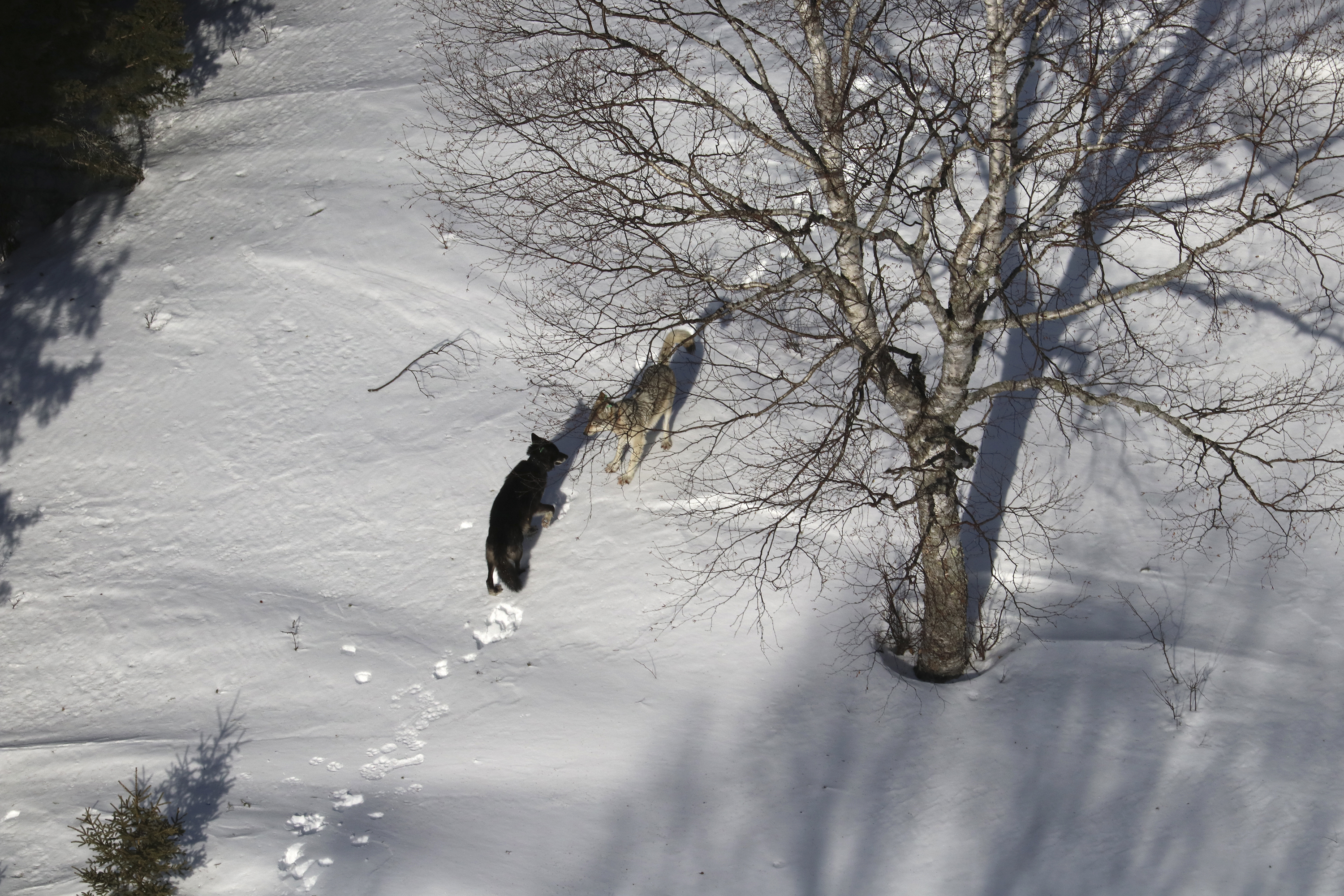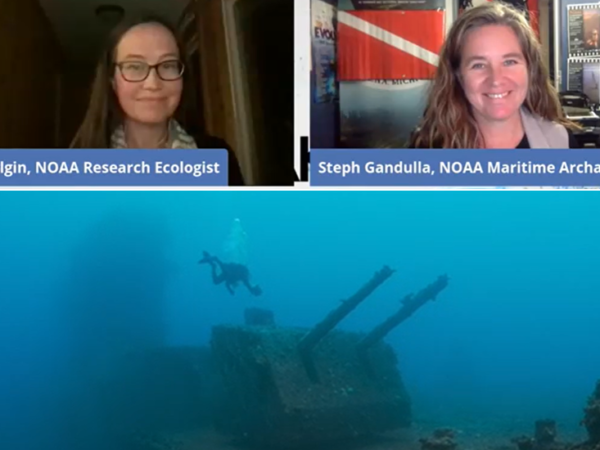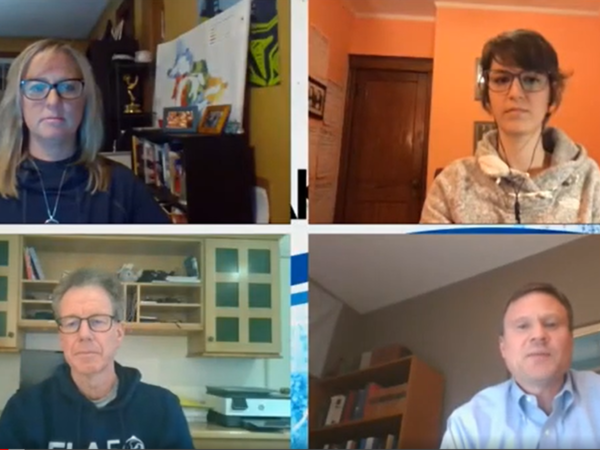
If Episode One of the PBS series “The Age of Nature” introduced some environmental and economic successes, Episode Two shows us how fragile such efforts are.
And like last week, Great Lakes Now will bring stories, videos and watch parties to better understand what similar efforts are – and are not – happening in the Great Lakes region.
In its three one-hour segments, “The Age of Nature” visits seven continents. Learn more about the first episode HERE, and find all the Great Lakes Now work on our Age of Nature landing page HERE.
Episode 2 Understanding – Airing Oct. 21, 2020
Orcas and Inland Waters
Scientists have realized that the orca population off the Pacific coast where Canada and the United States meet is impacted by what happens inland.
“If humans get our acts together and start thinking about the whole ecosystem, we’re going to be recovering the whales and ultimately we’re going to be saving ourselves,” warned Deborah Giles, a killer whale researcher at the Center for Conservation Biology at the University of Washington.

Eba the Orca Dog from the University of Washington locates whale feces that scientists can study to learn about whales lives and diets. (Photo from “The Age of Nature”)
Her research assistant, Eba, the “whale dog,” helps scientists find orca feces, which is then analyzed to understand what the whales are eating and in turn understand how their diet has changed – in part because of dammed rivers.
Removing dams, like on the Elwha River featured in “The Age of Nature,” has been growing in popularity throughout the Great Lakes region. Learn more in Great Lakes Now’s coverage:
READ: When a Dam Comes Down: Removal of dams allows fish passage and habitat restoration
WATCH: Damming Decisions
API key not valid. Please pass a valid API key.The Elwha Dam removal was “revolutionary,” according to Washington Gov. Jay Inslee, who appears in “The Age of Nature.” He issued an executive order, creating a committee of scientists and dedicating a billion dollars to try and save the endangered population of orcas.
Eba the orca dog, meanwhile, was trained by Conservation Canines, a project of the Center for Conservation Biology at the University of Washington. With dogs trained to detect and locate wildlife feces, the Conservation Canines program has helped scientists find and analyze such samples, which help understand changes in animals’ diets, behavior and threats to their habitats.
Currently all Conservation Canines projects are in Washington state at this time, according to Keely Wolfram, program operations specialist at Conservation Canines, so there are no program alums at work in the Great Lakes region. For more about Eba, Wolfram recommended watching “A Dog’s Life” on Disney + and “Connected” Episode 2 on Netflix.

Eba the Orca Dog from the University of Washington locates whale feces that scientists can study to learn about whales lives and diets. (Photo from “The Age of Nature”)
Wolf Pack
This episode also heads to the state of Montana, Yellowstone National Park and the Netherlands to look at three different stories about wolves, their relationships with humans, their roles in the ecosystem and population recovery.
First, Montana rancher Dean Petersen talks about his 800 cattle over 6,000 acres of pasture and threat posed by wolves who hunt the herd.
“They cost you money and they cost you time and work,” he said. “They’re part of the ecosystem just like I’m part of the ecosystem at this point. I can accept them, but I’m going to be part of the rules that control them too.”
In nearby Yellowstone National Park, the 1995 reintroduction of wolves has been a big story. Forty-one captured Canadian wolves were brought into the area in the hopes of rebuilding the population. The population is now self-sustaining, and wildlife biologist Jack Rabe, with Yellowstone Forever, said the wolves and other predators actually help create healthier populations of their prey animals.
“Once they send the prey running, it’s going to be much easier for them to target a weaker individual that’s going to be an easier target for them to hunt,” he said. “So we’ve seen overall healthier populations within elk and bison.”

In this 2020 photo provided by Michigan Technological University, a gray female wolf, right, courts a black male wolf, left, with a “play bow” invitation to engage during the 62nd year of the Michigan Technological University Winter Study on Isle Royale National Park in Mich. (Rolf Peterson/Michigan Technological University via AP)
The Great Lakes region has seen its own wolf reintroduction and population recovery.
Isle Royale, an island in Lake Superior, has had a developing wolf population ever since the National Park Service announced in 2018 plans to restore it.
READ: Relocated Isle Royale wolves form groups, reduce moose herd
Old-Growth Forests
A familiar story to the Midwest, Scotland’s forests were cleared of trees and have largely become vast, wide-open landscapes of grass and heather. Deer populations are thriving but also consuming young saplings at a detrimental rate, preventing forests from regenerating. Without any predators, deer are threatening the biodiversity, and the missing trees are amplifying the impact of floods and reducing the ability of the landscape to absorb carbon.
With only 2 to 6% of Scotland’s old-growth forests left, efforts are underway to protect them in the Alladale Wilderness Reserve and restore them through the “re-wilding” movement.
In the Great Lakes region, there are patches of old-growth forests that still exist and are being protected. Some aren’t accessible to the public, but others are open to visitors to explore. Check out the map below of old-growth forests in the region:
Out of Water
In 2018, Cape Town in South Africa had a drought and nearly ran out of water. Measures were taken, and the rains returned that year well below expected levels, just enough to avert the crisis.
Despite the Great Lakes being the planet’s largest sources of surface fresh water, the region is no stranger to water access issues. There are parts of the region that struggle with access to safe, affordable water.
For example, the Flint water crisis still make headlines:
READ: Judge: Flint must check water lines in newer neighborhoods
READ: Whitmer: $600 million Flint water deal a step toward making amends
Water debt is a problem in numerous Great Lakes big cities:
READ: Michigan Allocates $20 Million to Relieve Customer Water Debts
READ: Lack of Utility Data Obscures Customer Water Debt Problems
And Canada isn’t immune either:
READ: Investigation: Lead in some Canadian water worse than Flint
In 2008, Ottawa County, Michigan, almost drained its two primary aquifers when the aquifer recharge couldn’t meet the demands of the people living there.
WATCH: Great Lakes Now’s segment on Ottawa County’s water issues.
API key not valid. Please pass a valid API key.One of the contributing factors to Cape Town’s water issues was the volume of non-native plants invading the watershed and consuming more water than the watershed was made to handle.
It’s another issue familiar to the Great Lakes region. There have been community efforts to reintroduce native plants in Great Lakes coastal communities as a way of mitigating flooding and pollution issues.
For more of the connections between Great Lakes Now and issues presented in “The Age of Nature,” visit GreatLakesNow.org/Age of Nature or check out our PLAYLIST on our YouTube channel.




